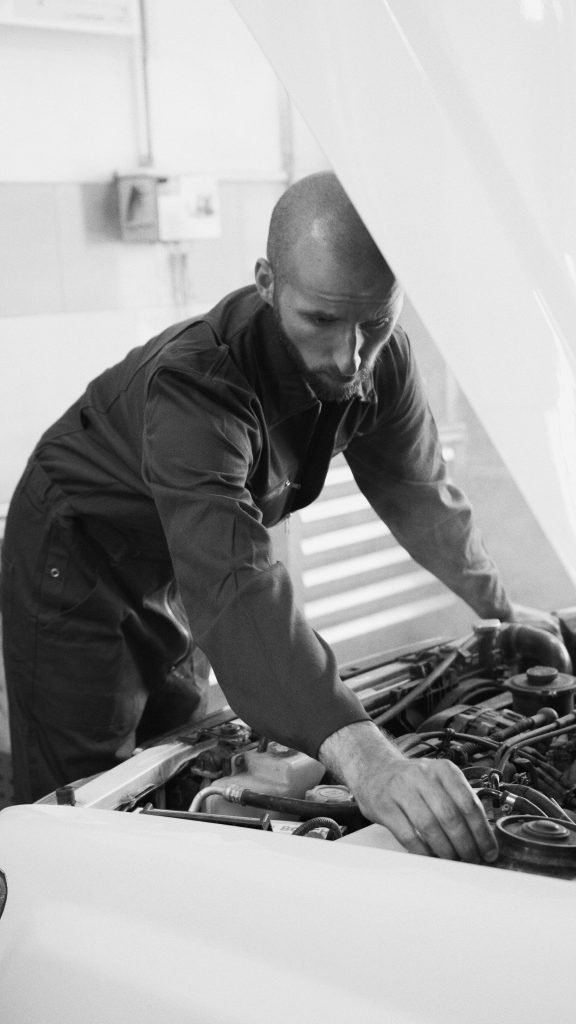1991 Volvo 240
Both the sedan and station wagon body styles of the base-level Volvo 240 model were equipped with a driver-side airbag and an under-dashboard knee bolsters throughout the decade of the 1990s. The GL series was discontinued in 1990, leaving just the new basic model and the DL as the only available options. In all versions, the standard engine was a 2.3-liter 4-cylinder that produced 114 horsepower and was paired with either a 5-speed manual or a 4-speed automatic gearbox. It wasn’t until the 1991 Volvo 240 that antilock brakes became an available option.
Performance and Fuel Economy
There is no change to the standard offering of the 1991 Volvo 240, which continues to be a 4-cylinder engine displacing 2.3 liters and paired with either a 5-speed manual or a 4-speed automatic gearbox. At 5400 revolutions per minute, it generates 114 horsepower, and at 2750 revolutions per minute, it delivers 136 pound-feet of torque. The 240 performs decently in most areas, except one that stands out in particular: acceleration. The performance of the 114-horsepower 4-cylinder and automatic gearbox is underwhelming and would be an understatement; in fact, it might be described as laconic.
Additionally, the little 2.3-liter engine is harsh when subjected to a load or while accelerating quickly. To keep up with the flow of traffic, a strong throttle foot is necessary, and the automobile’s engine becomes rather loud while the driver travels at highway speeds. However, the mileage you get per gallon is better than normal. The wagons have a remarkable capacity for transporting a variety of goods.
Design, Comfort, and Quality
The fall of 1974 was when Volvo first released its 200-series cars. In addition to the 260, the Volvo 240 was available in no fewer than seven distinct models (242L, 242DL, 242GT, 244DL, 244GL, 245L, and 245DL). The Volvo 240 was offered with either two or four doors, and its design was heavily influenced by the model that came before it, the Volvo 140. The previous models used the same platform, which meant that the back end of the vehicles looked almost identical.
242 GT
The 242 GT was offered for sale in the United States between 1978 and 1980 and had aspects of a sportier design, such as a tuned suspension and a 2.1-liter block engine with 123 horsepower. The 2.3-liter redblock engine’s output increased to 138 horsepower for the 1979 and 1980 model years. Because they have racing stripes that run the length of the vehicle and are colored black and red, 242 GTs are very easy to detect. In addition, there was black corduroy and red piping across the inside.
GLT Turbo
In 1981, the 242 GT was discontinued and replaced by the GLT Turbo, which was equipped with a turbocharger and an intercooler. Initially offered for sale as a vehicle with just two doors, Volvo later that year decided to add a four-door sedan version, and beginning in early 1982, plans for station wagons were put up for sale. The 240 Short, the very last Volvo 240 model ever produced, is the model with the least amount of recognition. It was conceived as a concept to illustrate how low the lead times might be for an automobile that has been available to consumers for the last 20 years.
The 1991 Volvo 240 was one of the few automobiles in history to outlast its replacement, the Volvo 740, which had its manufacturing run end in 1992. This is because the 240 was so popular (a year before the 240 was finished). In the same vein as the Volkswagen Beetle and the Ford Model T, the Volvo 240 is a trustworthy automobile. The 240 lives up to its reputation as a quality automobile. It guarantees that you won’t be in danger, and it doesn’t. It makes good on its promise to be a good bargain, and, as previous examples have shown, it may even over-deliver in that regard.
Specification
- Height: 57.5 in
- Length: 190.7 in
- Width: 67.7 in
- Curb weight: 3,051 lbs
Engine type: Regular unleaded Gas Inline 4, 2.3 L
Fuel tank: 15.8 g

1991 Volvo 240 Factory Service Manual
These manuals go through every aspect of how the car operates. The vehicle’s purchase price does not include the 1991 Volvo 240 Repair Manual for your Volvo 240.
- Safety Restraints
- Instrumentation
- Before Driving
- Starting and Operating
- Vehicle Maintenance
- Specifications
- Capacities
- Servicing
- Customer Assistance
The service manuals for the 1991 Volvo 240 are vast and cover every aspect of the vehicle’s operation.
1991 Volvo 240 — Owner’s Manual
When consumers purchase a Volvo 240, they get a Volvo 24 Owners Manual containing all the required information for future maintenance and modifications.
- Important Safety Instructions
- Introduction
- Overview
- Operation
- Maintenance
- Troubleshooting
- Maintenance Record
The owner’s manual for the 1991 Volvo 240 provides more operational suggestions to enhance the user experience.
Frequently Asked Questions
What is the reliability rating of the 1991 Volvo 240?
Repairpal.com gave it a 3.9 out of 5
Top Problems for the 1991 Volvo 240?
The engine won’t start- but turns over, old fuses corrode, failed Mass Air Flow Sensor
Life Expectancy of the Volvo 240?
over 200,000 miles

